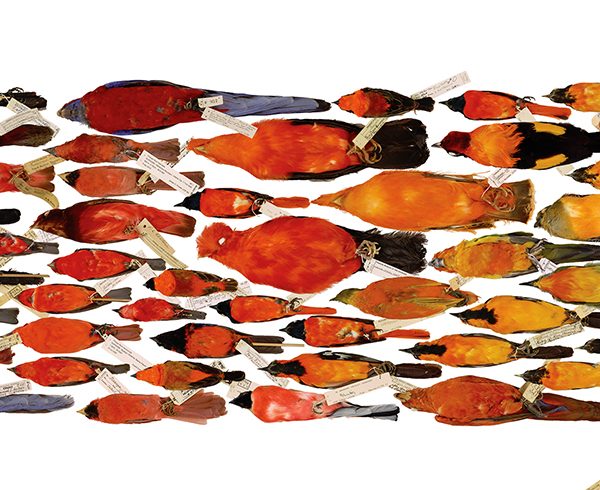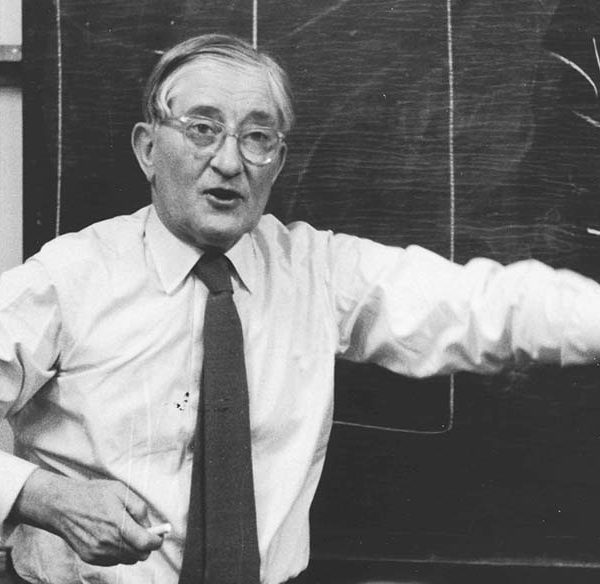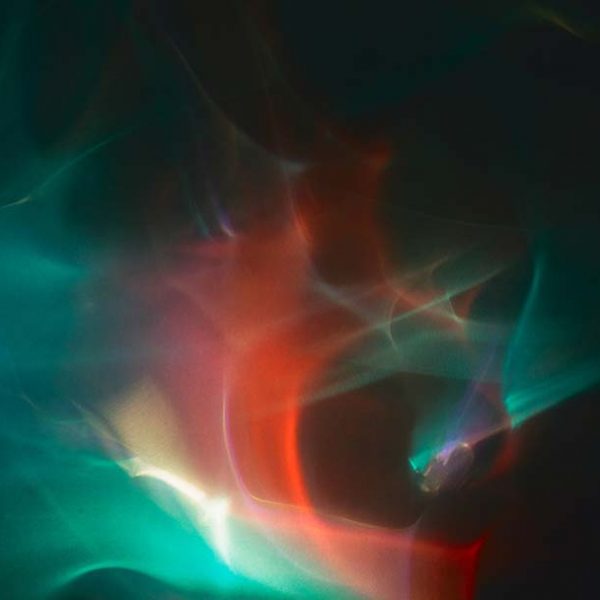Museum Quality Books: Welcome, Fall and the Rapturous Attributes of Books
Welcome to the second edition of our new series, Museum Quality Books. We last heard from Diane Lovejoy at the Museum of Fine Arts, Houston; today, Tiffany Sprague, Director of Publications and Editorial Services at the Yale University Art Gallery, explains how books have provided transportation for her above and beyond the capabilities of any car or airplane; the books offered space AND time travel, as well as lasting memories of the voyage.
Tiffany Sprague—
Several years ago, a friend of mine was married on a farm in Connecticut in the fall. The weather was beautiful—crisp and clear, a perfect New England fall evening, just like the days we’re having in New Haven right now. The setting was both rural and elegant, and the reception in the barn was the prettiest I’ve ever seen, with antique china and dancing twinkle lights. No funky chicken or Village People, just a classy night and a wonderful, lasting memory of a lovely fall wedding.
 Despite the perfection of that memory, though, what I can call up even more vividly in my mind are the Tahitian beaches, Polynesian dances, and jewel-like colors from earlier that day. Outside the air was turning cool and dry, but inside I was engulfed in the intense heat and saturated beauty of the South Pacific. Curled up in an armchair, I had on my lap the pages of a good book – one that had not yet been published. Red pen at the ready, I was immersed in the manuscript for John La Farge’s Second Paradise: Voyages in the South Seas, 1890–1891.
Despite the perfection of that memory, though, what I can call up even more vividly in my mind are the Tahitian beaches, Polynesian dances, and jewel-like colors from earlier that day. Outside the air was turning cool and dry, but inside I was engulfed in the intense heat and saturated beauty of the South Pacific. Curled up in an armchair, I had on my lap the pages of a good book – one that had not yet been published. Red pen at the ready, I was immersed in the manuscript for John La Farge’s Second Paradise: Voyages in the South Seas, 1890–1891.
It’s rare that I get to edit off a hard copy anymore. Sending digital files back and forth via email, my edits tracked and messy handwriting obliterated, makes the editorial process both easier and less romantic. When I’m working somewhere other than my desk at work, or my desk at home, and I’m lucky enough to have to put pen to paper, the experience seems to become a part of my history. So, the first cool, bright days of fall don’t remind me so much of the start of school or hayrides or corn mazes, but of that moment, editing what is still one of my favorite scholarly essays, while being transported to another world.
 There are others like it—past edits that stick in my mind and are easily recalled by a time or a place. The beach in Delaware where I edited a cookbook on Cajun cuisine. The dining room table in my first apartment in New York where I pored over a manuscript on classical architecture. My beach chair last summer, where I befriended a relatively unknown Sienese Counter-Reformation painter, Francesco Vanni, who perhaps is just a little better-known thanks to our book. I can see myself in these locations, happy and learning, excited and inspired. If a good book can make you want to tell your friends about it, post it on your Facebook page, and add it to your Goodreads queue, imagine how an editor feels when she is the first person to read it, and she has the lucky task of being the one to collaborate with the authors, designers, and printers to bring it to the rest of the world?
There are others like it—past edits that stick in my mind and are easily recalled by a time or a place. The beach in Delaware where I edited a cookbook on Cajun cuisine. The dining room table in my first apartment in New York where I pored over a manuscript on classical architecture. My beach chair last summer, where I befriended a relatively unknown Sienese Counter-Reformation painter, Francesco Vanni, who perhaps is just a little better-known thanks to our book. I can see myself in these locations, happy and learning, excited and inspired. If a good book can make you want to tell your friends about it, post it on your Facebook page, and add it to your Goodreads queue, imagine how an editor feels when she is the first person to read it, and she has the lucky task of being the one to collaborate with the authors, designers, and printers to bring it to the rest of the world?
Later this fall, a new manuscript will cross my desk, on a collection of more than 1,000 18th- to 20th-century Italian, French, and Spanish prints. I’m currently scouting the best location for the job.

























